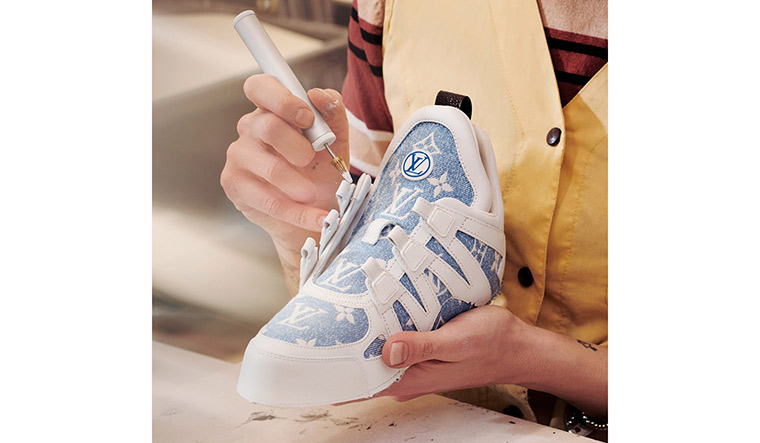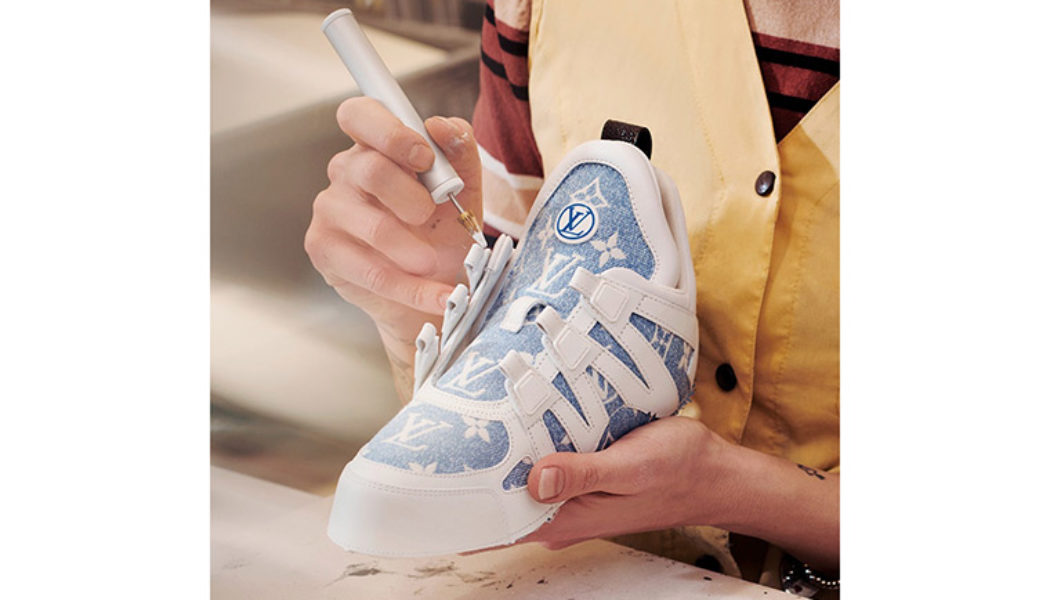
Even though sustainability is the buzzword in fashion circles lately, there are very few high-end brands who practise it at all levels, unless being nudged into it. While brands may speak of using eco-friendly materials, recycle their waste or minimise their carbon footprint, there is little a consumer can do to check this, except believe the company’s website promises.
The most reliable way to accept that a luxury or a premium label is truly sustainable, is when it respects the very definition of the word. Sustainable quite simply means long-lasting, and products that do not offer guarantees or after-care services cannot be truly sustainable.
Fashion in India is historically ‘sustainable’ in that sense. We wear heirlooms with pride, we mend rips and tears beautifully, and we have even started darning in contrast colours to add an element of quirk. Many Indian stores understand this uniquely Indian trait. The staff at fashion boutique Ensemble has seen me gain and lose weight through pregnancy and midlife metabolism. I bring all my favourite clothes here to open up or close in a couple of inches, and the store obliges each time. Ensemble has a lifetime repair policy for any item a consumer has ever purchased from them.
Sabyasachi Mukherjee and Tarun Tahiliani, too, offer great after-sales care. A reader writes in telling me how Sabyasachi’s staff always accepts mending requests with a smile, even though they know you are not there to buy anything new.
Few international labels do this. Profit-chasing business models insist customers make a new purchase by limiting warranties or easing out old collections or parts. Like Apple, that makes its products obsolete to ensure you keep buying newer and more expensive items from its self-created ecosystem.
I once tore an overused pair of Chanel jelly slippers, but I adored them and was not ready to let them go. I sent them to Chanel’s Delhi office, which in turn sent them to Paris. A month later I received a package from them with a note that read: “Sorry we couldn’t fix your slippers, but here’s a new pair from us.”
The same with Dior. I had a gorgeous Saddle bag that got patches on the leather and I sent it to the Mumbai office. Same note, new bag. I realise I am treated to press privileges. But another reader writes in to tell me her Dior bag was lost by customs officers, and the brand offered her a new bag or a cheque of Rs1.5 lakh.
On the other hand, my only pair of Christian Louboutin shoes had the upper tear after wearing it exactly twice. I took it to their Mumbai store and was treated most unpleasantly. They gave me an unsolicited refund so rudely, that they made me feel they did not want my business. Thankfully, they now have a new sales head who ensures that repairs are welcome and encouraged.
After-sales care of Tory Burch and Bottega Veneta are loathed by readers. A designer friend says he paid Rs1 lakh for a pair of Ferragamo shoes and they died on him after a couple of wears. The store said sorry and that was that.
The US started a ‘right to repair’ movement that especially protects automobile and electronic consumers from obsolescence (even Apple is made to comply). The movement has caught on in the UK as well as in India, where Narendra Modi’s government has launched a portal where companies can enlist their repair policies and offices.
It is about time luxury brands improve their after-sales care policies, since they serve a demographic that expects nothing but the best.









